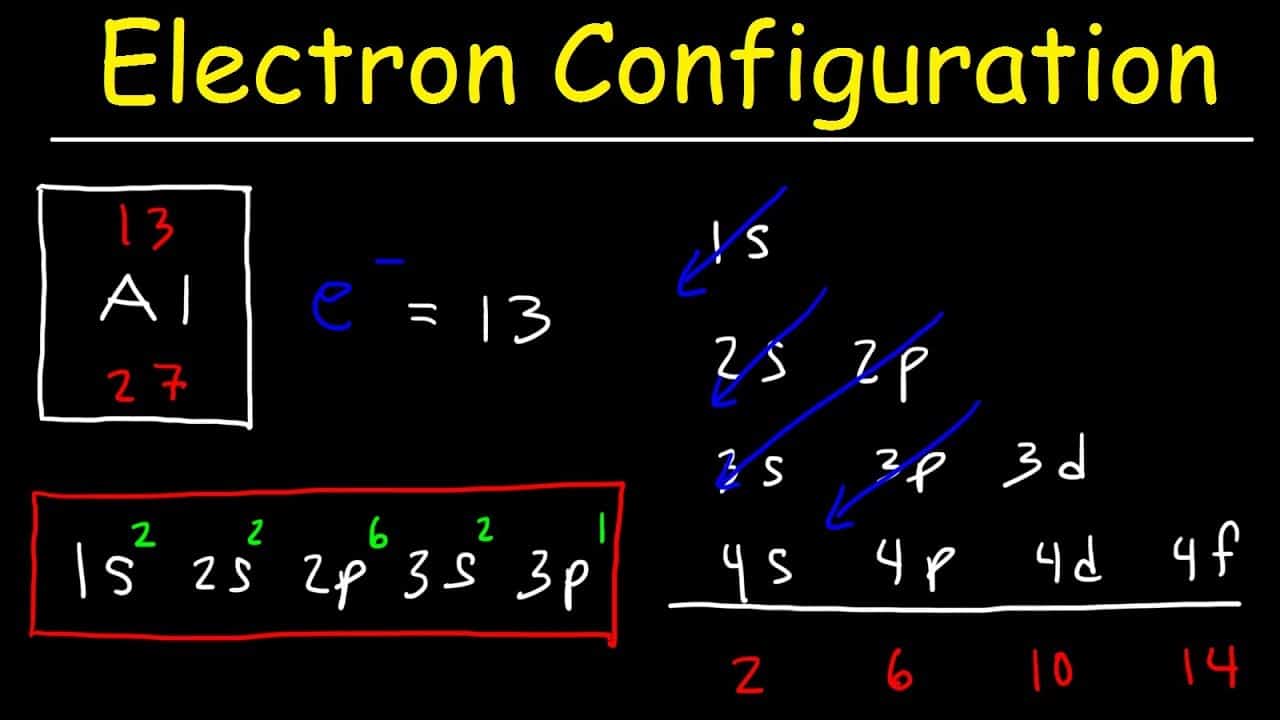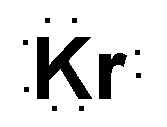

It is produced by the fission of uranium and plutonium, such as in nuclear bomb testing and nuclear reactors. Ĩ5Kr is an inert radioactive noble gas with a half-life of 10.76 years. Krypton is highly volatile and does not stay in solution in near-surface water, but 81Kr has been used for dating old (50,000–800,000 years) groundwater. Traces of 81Kr, a cosmogenic nuclide produced by the cosmic ray irradiation of 80Kr, also occur in nature: this isotope is radioactive with a half-life of 230,000 years. In addition, about thirty unstable isotopes and isomers are known. (This isotope has the second-longest known half-life among all isotopes for which decay has been observed it undergoes double electron capture to 78 Se).
ELECTRON CONFIGURATION FOR KRYPTON PLUS
Naturally occurring krypton in Earth's atmosphere is composed of five stable isotopes, plus one isotope ( 78Kr) with such a long half-life (9.2×10 21 years) that it can be considered stable. Solid krypton is white and has a face-centered cubic crystal structure, which is a common property of all noble gases (except helium, which has a hexagonal close-packed crystal structure). Krypton is one of the products of uranium fission. Krypton is characterized by several sharp emission lines ( spectral signatures) the strongest being green and yellow. The krypton-86 definition lasted until the October 1983 conference, which redefined the meter as the distance that light travels in vacuum during 1/299,792,458 s. This also obsoleted the 1927 definition of the ångström based on the red cadmium spectral line, replacing it with 1 Å = 10 −10 m. This agreement replaced the 1889 international prototype meter, which was a metal bar located in Sèvres. In 1960, the International Bureau of Weights and Measures defined the meter as 1,650,763.73 wavelengths of light emitted in the vacuum corresponding to the transition between the 2p 10 and 5d 5 levels in the isotope krypton-86.
ELECTRON CONFIGURATION FOR KRYPTON SERIES
William Ramsay was awarded the 1904 Nobel Prize in Chemistry for discovery of a series of noble gases, including krypton. Neon was discovered by a similar procedure by the same workers just a few weeks later.

Krypton was discovered in Britain in 1898 by William Ramsay, a Scottish chemist, and Morris Travers, an English chemist, in residue left from evaporating nearly all components of liquid air. Sir William Ramsay, the discoverer of krypton


 0 kommentar(er)
0 kommentar(er)
